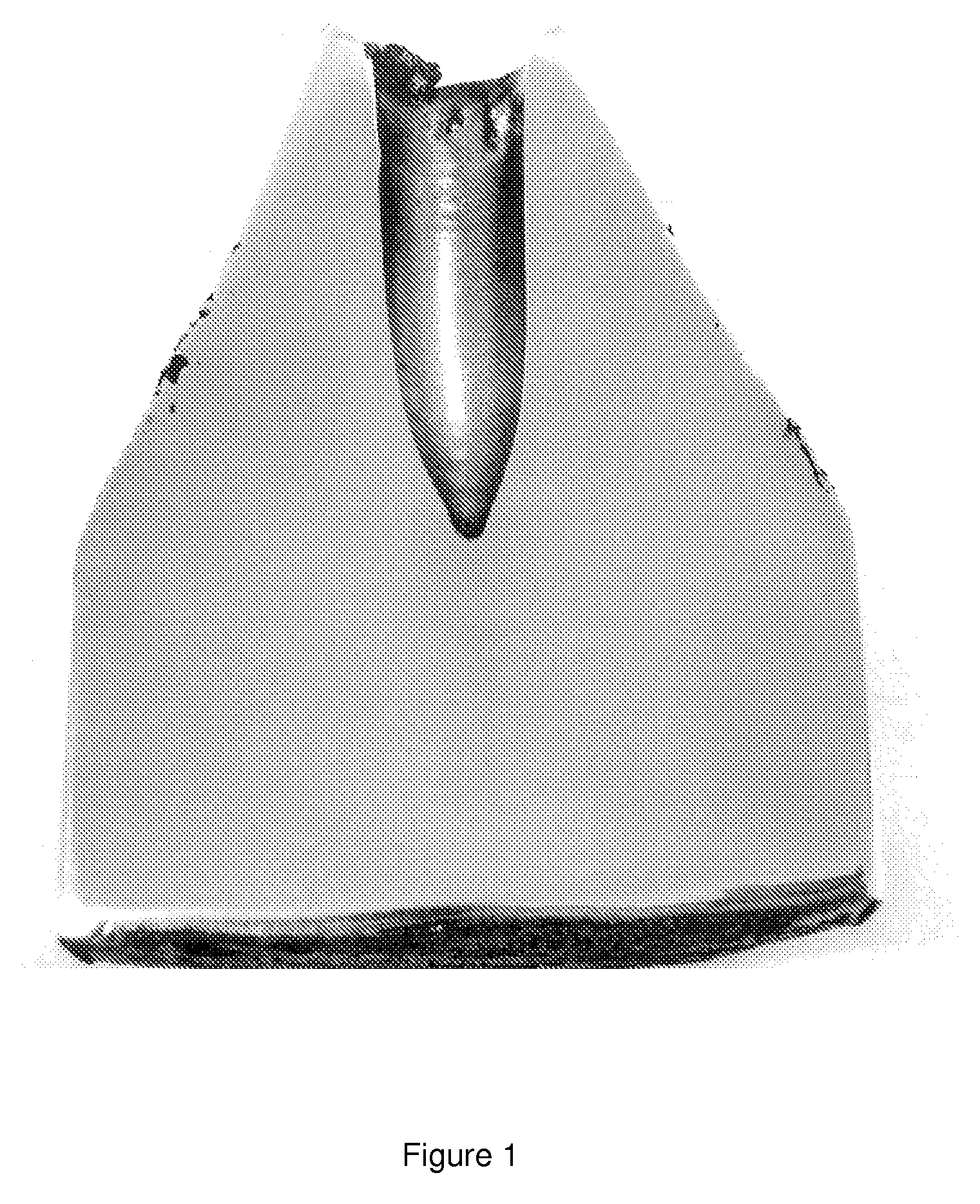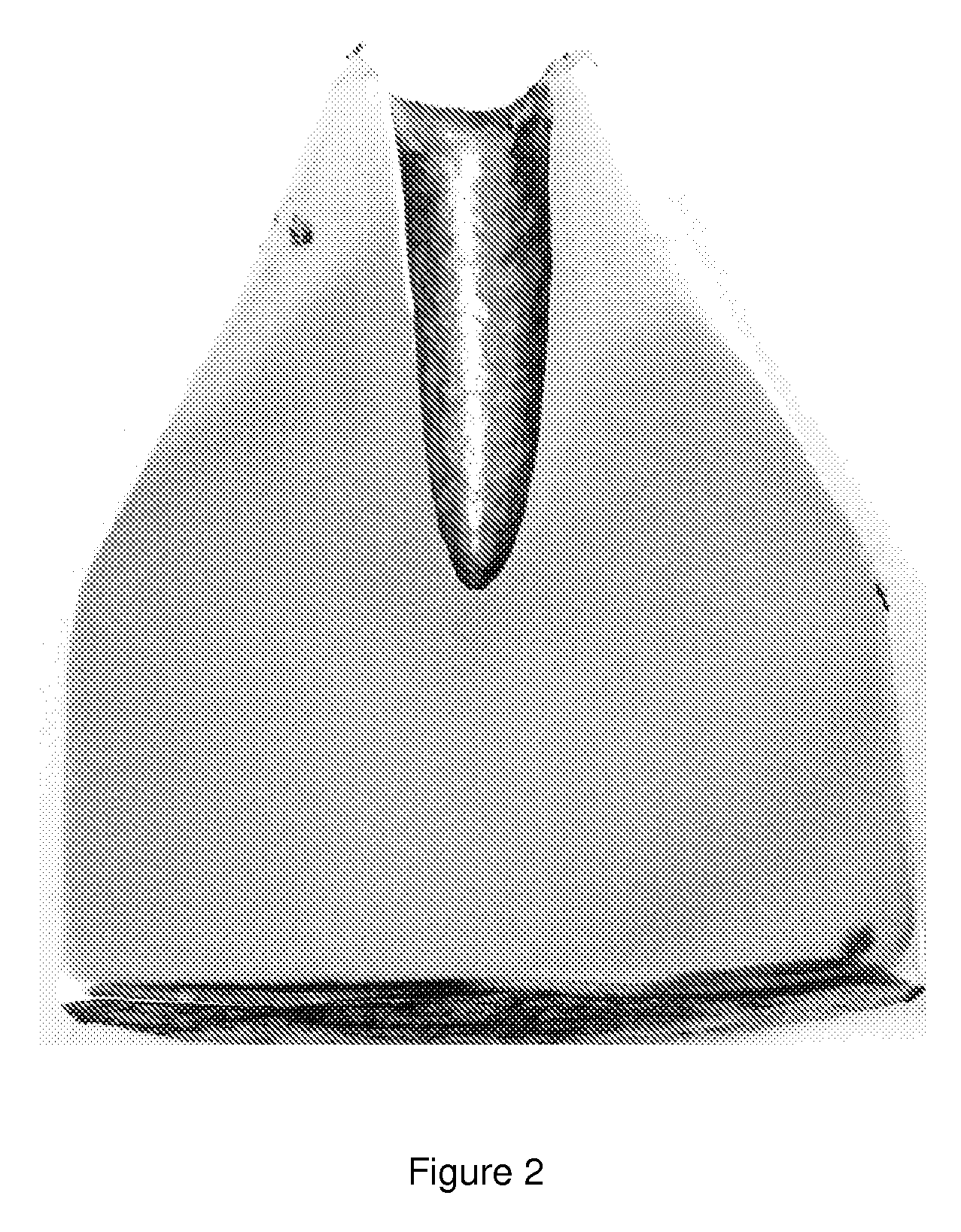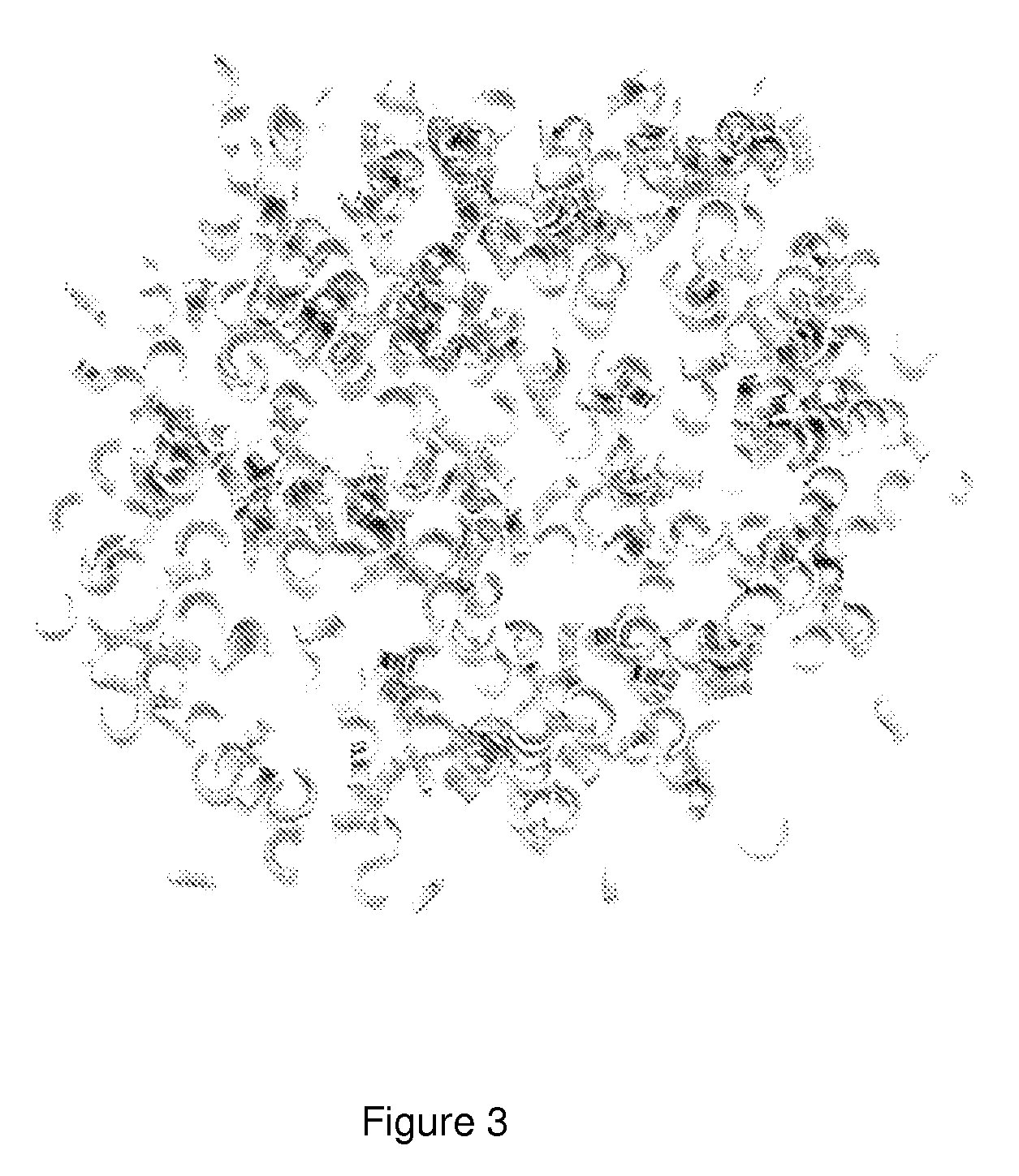Lead-free free-cutting silicon brass alloy
a free-cutting, silicon brass alloy technology, applied in the field of lead-free free-cutting silicon brass alloy, can solve the problems of poor weldability of lead-containing brass alloys, harmful to the environment and the human body, and bismuth-brass alloys, and achieve the effect of strong operability
- Summary
- Abstract
- Description
- Claims
- Application Information
AI Technical Summary
Benefits of technology
Problems solved by technology
Method used
Image
Examples
examples
[0037]Examples of alloys according to the present invention are shown in Table 1. The raw materials used in the alloys include: No. 1 Cu, No. 1 Zn, A00 Al, No. 1 Ni, No. 1 Sn, Cu—Si master alloy, Cu—P master alloy, Cu—Ti master alloy, misch metal, magnesium alloys, old materials of No. 1 Pb ingots or C36000, the covering agent, and flux as the refining agent.
[0038]One method of manufacturing the alloys is as follows. First, No. 1 Cu, Cu—Si master alloys, No. 1 Ni, and the covering agent that enhances slag removal efficiency are added to the furnace. These materials are heated until they have melted to form a melt mixture and are thereafter stirred. Then the No. 1 Zn is added to the melt mixture, melt and be stirred. Slag is skimmed from the melt and is covered. Then flame throw is processed. Thereafter, Cu—P master alloys and Magnesium alloys are added and the mixture is stirred. The left metal materials are added. These materials are again heated until melted, and are thereafter st...
PUM
| Property | Measurement | Unit |
|---|---|---|
| bending angle | aaaaa | aaaaa |
| elongation rate | aaaaa | aaaaa |
| folding angle | aaaaa | aaaaa |
Abstract
Description
Claims
Application Information
 Login to View More
Login to View More - R&D
- Intellectual Property
- Life Sciences
- Materials
- Tech Scout
- Unparalleled Data Quality
- Higher Quality Content
- 60% Fewer Hallucinations
Browse by: Latest US Patents, China's latest patents, Technical Efficacy Thesaurus, Application Domain, Technology Topic, Popular Technical Reports.
© 2025 PatSnap. All rights reserved.Legal|Privacy policy|Modern Slavery Act Transparency Statement|Sitemap|About US| Contact US: help@patsnap.com



